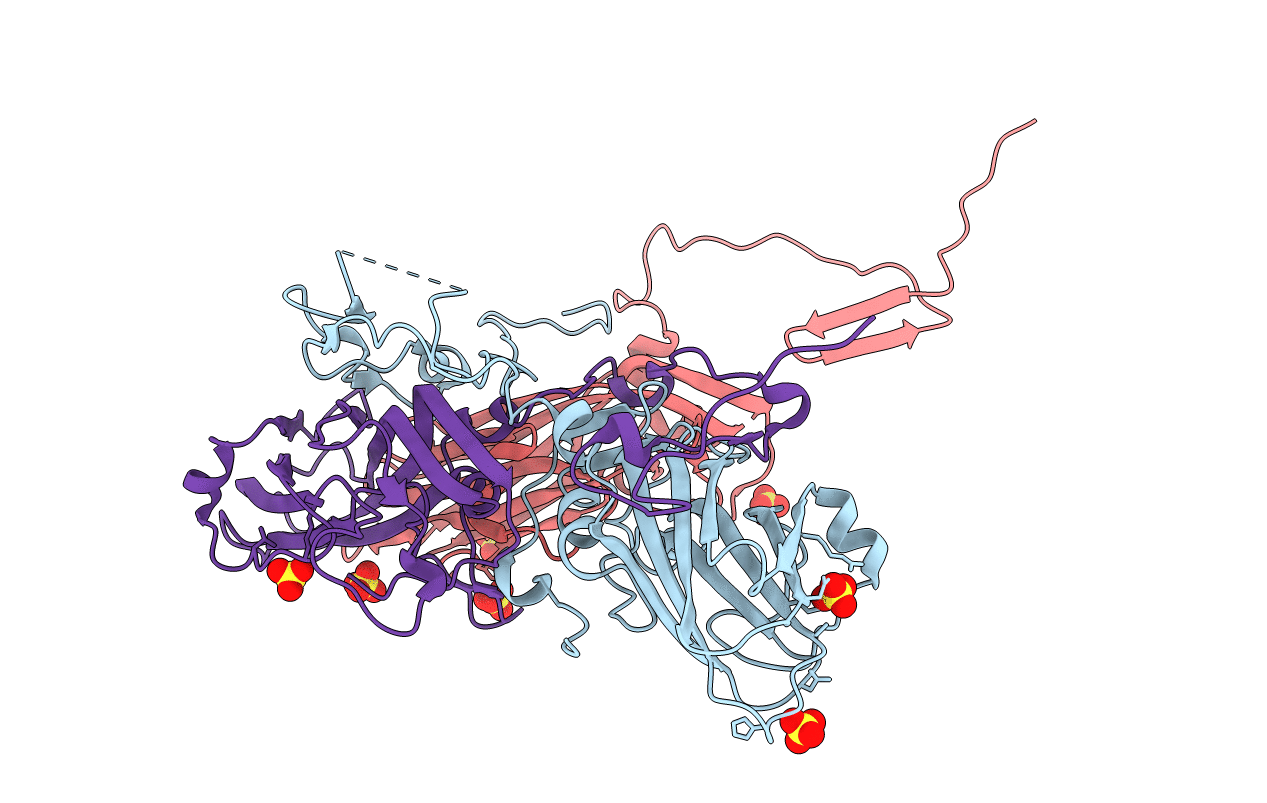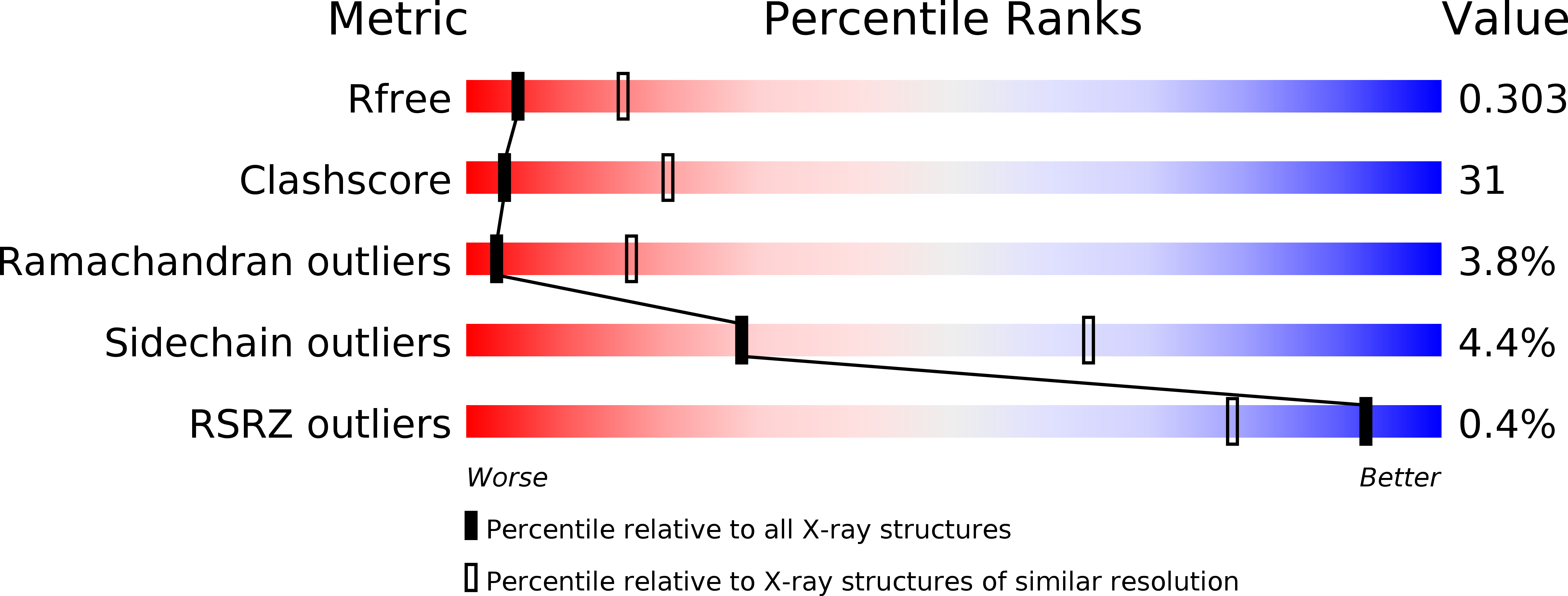
Deposition Date
2014-06-23
Release Date
2014-10-15
Last Version Date
2023-09-20
Method Details:
Experimental Method:
Resolution:
3.01 Å
R-Value Free:
0.32
R-Value Work:
0.31
R-Value Observed:
0.31
Space Group:
P 1 21 1


